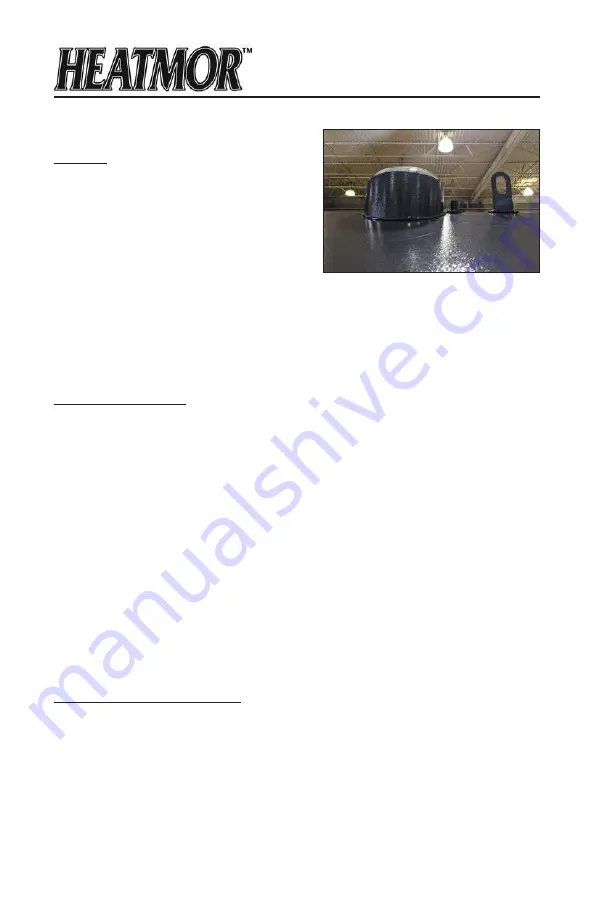
53
Rev. 05/2020
CHIMNEY AND FLUE
Chimney
Principles
The principle of the chimney is to discharge
smoke from the flue into the atmosphere.
Maintenance
Make sure chimney and chimney extensions
are clean and in good condition.
The chimney may be cleaned from the top with
a chimney-cleaning device. Inspect the chimney
once a month during the heating season to ensure there is not an excessive amount of
creosote. If an excessive creosote buildup has occurred, it must be removed promptly to
reduce the risk of a chimney fire.
When the unit is shut down for the summer, inspect and clean the chimney for the next
heating season. When the furnace is not in use, cover chimney so nothing can enter.
Chimney Extension(s)
Principle
Chimney extensions discharge smoke higher into the atmosphere. They also discharge
sparks higher into the atmosphere, so they have more chance of being burned out before
they reach the ground. Approved chimney extensions may be added to the chimney to
discharge smoke to higher levels. Discharging smoke at a higher level helps keep smoke
above property level, especially on low pressure or cloudy, hazy or wet days. When installing
chimney extension you must have no less than three tech-12 screws (self-tapping). Any
chimney extension exceeding 6ft must be supported with guide wires.
8 inch by 32.5 inch steel chimney connector extensions are available from your local dealer.
Maintenance / Result
1) See chimney maintenance above.
2) Purchase approved chimney extensions that fit together correctly. If the extensions
don’t fit properly, creosote will run down the outside of the chimney extensions and
cause corrosion to the roof.
3) Annually remove chimney extensions for cleaning and safety purposes.
In case of chimney fire shut off combustion fan switch and consult your dealer.
Rain Caps and Spark Arrestor:
Consult your local dealer for optional components.
Chimney
CHAPTER 15
















































